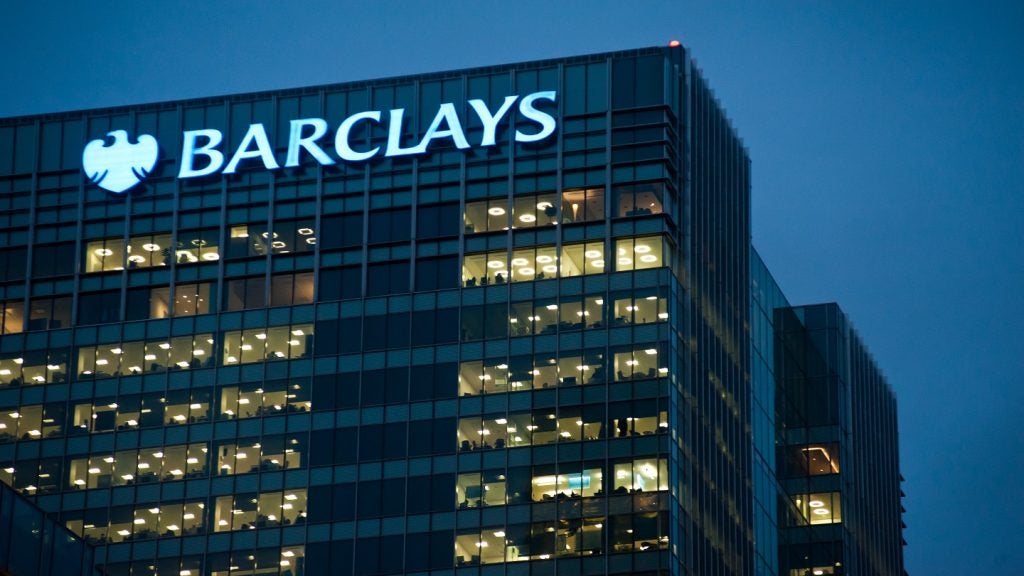Interbrand has released its 2009
Best Global Brands list. Unsurprisingly, the few banks in the top
100 have all seen their ‘brand power’ fall in 2009 due to the
financial crisis. Paula
Oliviera, associate director at Interbrand, and Stephanie Colton, a senior consultant,
give views on what banks can do to restore trust.
Every financial brand has been affected by the financial crisis.
Today, as the marketplace, consumers’ and employees lives regain a
sense of stability amid lingering uncertainty, we can begin to peer
through the smoke and see what the financial services brands must
do to rebuild trust and to regain control. We see five core lessons
emerging:
1. Align brand and business
strategy. Consistency builds trust. The first step is to
make sure that your brand strategy and business strategy (including
vision, mission and values) are all pointing in the same direction.
With this in place, systematic alignment of operational processes,
internal culture and employee behaviour with the brand will help
you to consistently deliver on your promises.
2. Know the value of your
brand. Get your brand valued, and make sure that you
understand how you are perceived by the wider world, and in
particular what is driving specific stakeholders (investors,
customers and employees) to join or defect. Measuring brand equity
on an ongoing basis will give you the ability to make informed
decisions and investments to improve your brand experience and
reputation.
3. Manage for the long-term.
In times of crisis, people – and the governments and companies they
work for – often make reactive decisions based on a short-term time
horizon, fixing the symptom and not the cause. While the banks are
busy dealing with these pressing issues, they risk neglecting the
broader needs of their stakeholders in whose hands their long-term
future ultimately rests.
4. Be human. The banking
crisis has shown the complexity of the system and reinforced the
distance between consumers and corporations. Lessons from emotional
branding, such as Gobé’s ‘Ten Commandments’ below, can help banks
build trust through internal and external activities (Gobé,
2001):
How well do you really know your competitors?
Access the most comprehensive Company Profiles on the market, powered by GlobalData. Save hours of research. Gain competitive edge.

Thank you!
Your download email will arrive shortly
Not ready to buy yet? Download a free sample
We are confident about the unique quality of our Company Profiles. However, we want you to make the most beneficial decision for your business, so we offer a free sample that you can download by submitting the below form
By GlobalData• Shift from consumers to people;
• From product to experience;
• From honesty to trust;
• From quality to preference;
• From notoriety to aspiration;
• From identity to personality;
• From function to feel;
• From ubiquity to presence;
• From communication to dialogue; and
• From service to relationship.
5. Lead the change. Big
global brands can show leadership by getting out there – on TV, in
the press, even into communities – educating people about how the
banking system works, explaining why we’re in this mess, and
offering solutions.
Taking active control demonstrates that you
are serious about real organisational changes and accountability if
you fail to deliver your promises. The need for internal engagement
and leadership is never greater than after a spate of
redundancies.
Leadership also means reminding stakeholders
of the sense of purpose that created financial services
institutions in the first place: capital allocation to promote
social and economic development.
Trust is the basis of any brand. It is
something that has to be built over time through engaging
stakeholders and by adopting a responsible approach to commerce.
Without trust there is no relationship, no loyalty, no pride, and
no advocacy. It is essential to the long-term survival of any
business.
Achieving a balance of forces and needs will
help financial services organisations achieve sustainable
profitable growth in both financial and human terms. For society to
prosper, banks would do well to revisit their original purpose and
start again to offer a safe place for people to store their
precious assets, making a healthy profit, yet remaining connected
to the needs of society as a whole.
|
Marketing |
|||
|
Top 10 financial services |
|||
|
Rank |
2009 Brand Value ($bn) |
% change from 2008 |
|
|
22 |
American Express |
14.97 |
-32 |
|
32 |
HSBC |
10.44 |
-4 |
|
36 |
Citi |
10.25 |
-49 |
|
37 |
JPMorgan Chase |
9.55 |
-11 |
|
38 |
Goldman Sachs |
9.25 |
-10 |
|
53 |
Axa |
6.53 |
-7 |
|
57 |
Morgan Stanley |
6.4 |
-26 |
|
72 |
UBS |
4.37 |
-50 |
|
81 |
Allianz |
3.83 |
-5 |
|
94 |
Visa |
3.17 |
-5 |
|
Source: Interbrand |
|||
|
Marketing |
||||
|
Top 10 brands in Interbrand’s Top |
||||
|
Rank |
Sector |
2009 Brand Value ($bn) |
% change from 2008 |
|
|
1 |
Coca-Cola |
Beverages |
68.73 |
3 |
|
2 |
IBM |
Computer services |
60.21 |
2 |
|
3 |
Microsoft |
Computer services |
56.65 |
-4 |
|
4 |
General Electric |
Diversified |
47.77 |
-10 |
|
5 |
Nokia |
Consumer electronics |
34.86 |
-3 |
|
6 |
McDonalds |
Restaurants |
32.28 |
4 |
|
7 |
|
Internet services |
31.98 |
25 |
|
8 |
Toyota |
Automotive |
31.33 |
-8 |
|
9 |
Intel |
Computer services |
30.64 |
-2 |
|
10 |
Disney |
Media |
28.45 |
-3 |
|
Source: Interbrand |
||||







